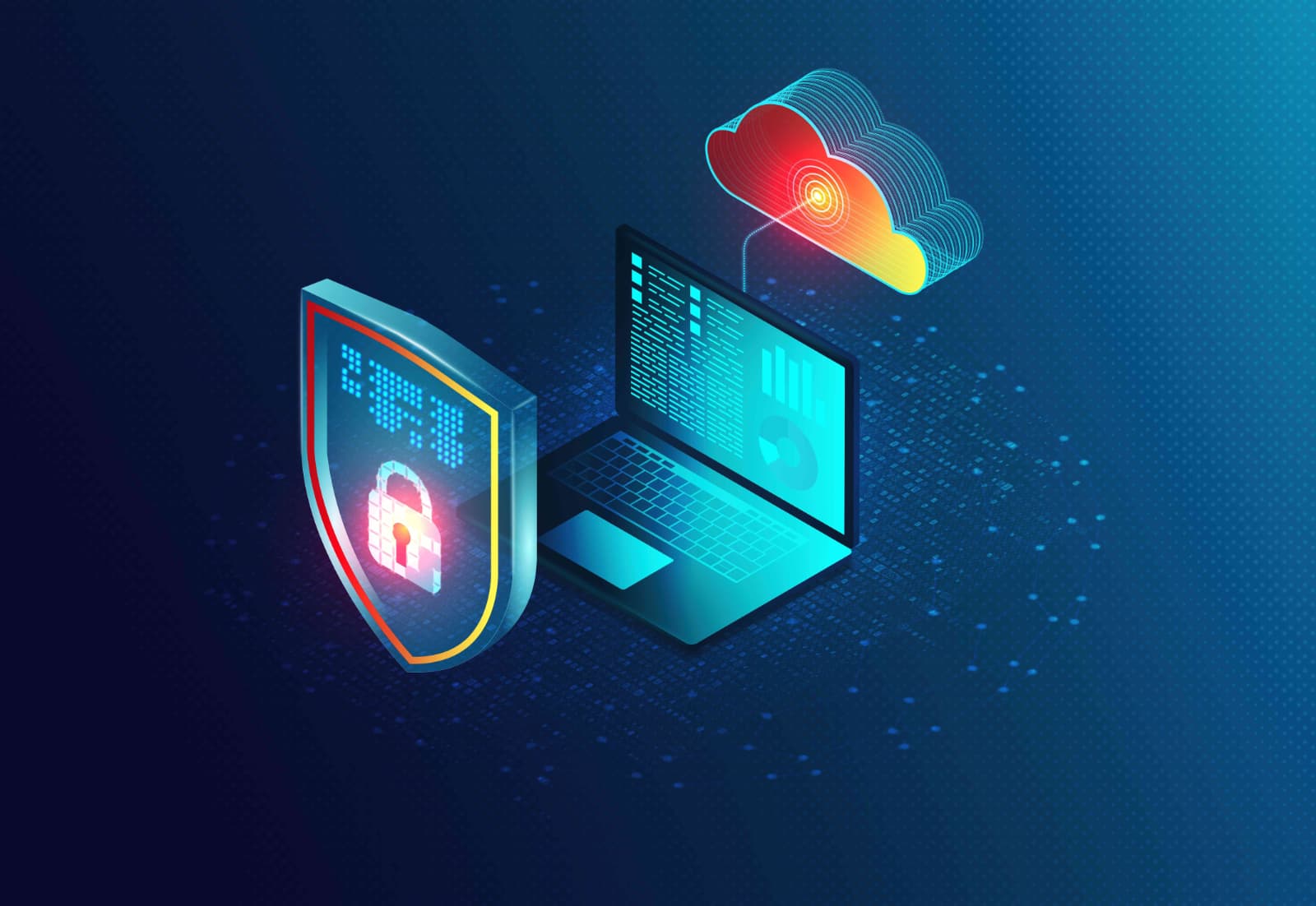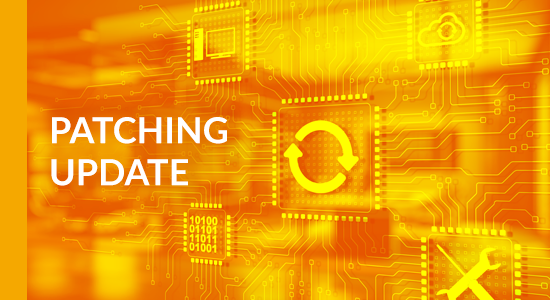The Difference Between Cybersecurity and Cloud Security?

What is the difference between cybersecurity and cloud security? Which of these security aspects is appropriate for your organization? On their face, these two terms appear to cover similar topics. While there is undoubtedly some crossover, they are, in reality, distinct aspects of digital security and focus on specific and unique areas. However, due to perceived similarities, there can be confusion over each term. As we delve into these concepts, let’s first define each term.
- Cybersecurity is the art of protecting networks, devices, and data from unauthorized access or criminal use and the practice of ensuring confidentiality, integrity, and availability of information. –CISA
- Cloud security refers to the processes, mechanisms and services used to control the security, compliance and other usage risks of cloud computing. It specifically addresses the security of the cloud service and security within the cloud service. Still, the term does not encompass security services delivered from the cloud (security as a service) that are intended to be used outside the cloud. –Gartner
What do these definitions mean? At its core, cybersecurity ensures that end user devices stay free of compromise. Cybersecurity’s ultimate goal is protecting data belonging to an organization from unauthorized access, use or modification. In other words, it safeguards computer networks and the data stored within from being lost, corrupted or stolen.
While also focused on data protection, the purpose of cloud security is to ensure data stored in the cloud is inaccessible to unauthorized users or servers. Cloud security safeguards data in the cloud. This protection extends to unauthorized access attempts both through the cloud service provider and the end user. Rather than protecting data from unauthorized theft or modification, the fundamental concept of cloud security focuses on protecting data from ever being breached.
Critical Components of Cybersecurity and Cloud Security
Cybersecurity– The vital elements of cybersecurity incorporate:
- Application Security
- Network Security
- Disaster Recovery Planning
- Information Security
- End User Security
- Operational Security
Cloud Security– The fundamental aspects of cloud security include:
- Data Security
- Identity and Access Management (IAM)
- Governance (Policies on Threat Prevention, Detection and Mitigation)
- Data Retention and Resiliency
- Legal Compliance
Differences Between Cybersecurity and Cloud Security
While the intricacies of cybersecurity and cloud security can fill numerous pages of content, we will focus on areas where fundamental differences occur. Understanding these distinctions assists in determining the how, why, where and when of applying each security concept.
Security of Personal Information
Cybersecurity offers specific functionalities to protect computer networks and devices against potential threats on a network. It protects from viruses, malware, etc., on the server side. These measures often involve the end user utilizing protocols, such as avoiding suspicious links and deploying solid passwords or two-factor authentication to protect their personal information.
Cloud security filters all traffic trying to access data stored in the cloud by letting authorized users access information while blocking unauthorized traffic from gaining access. All authorized traffic is pointed directly to a specifically intended server instead of any other server where user data could be compromised.
Liability
Generally, an organization and its users are liable for protecting any data stored on their devices. Simply put, they must ensure unauthorized individuals do not gain access. While manufacturers of devices hold the obligation to provide appropriate patches and security updates, the cybersecurity responsibility ultimately falls to the organization to protect their clients’ data. Failure to do so can have severe financial and reputational consequences.
Within cloud security, cloud service providers and organizations share liability when using cloud services for data storage. The cloud service provider mitigates privacy breaches through both software and hardware by maintaining and upgrading security features and adding additional functionality to protect private information. Organizations are accountable for keeping their customer’s data confidential and may be held liable if they fail to follow required security protocols.
Responsibility for Security
Within cybersecurity, the device owner and the organization are responsible for maintaining the security of private personal information. Individuals, or IT Security, have the duty to monitor this data, with the responsibility ultimately resting on the device owner to follow appropriate best practices to secure data from being stolen by hackers.
Cloud security is generally a shared security model where any services provided fall under the service provider’s scope. However, how these services are configured and utilized is up to the customer using the cloud platform. For example, utilizing cloud services and setting up non-secure passwords would shift accountability to the user. In contrast, responsibility for a breach due to a faulty update would fall on the cloud service provider.
Threat Detection
Traditional cybersecurity methods employ antivirus software to find and eliminate security risks. The principal downside of antivirus technology is that it tends to lag behind ever-changing threats and must be updated frequently to continue its effectiveness. This maintenance requires buy-in from internal IT security to patch internal systems and distribute updates, as well as from end users who must install all updates promptly.
Cloud security uses Artificial intelligence (AI) to detect and interpret threats. This differs from cybersecurity methods in that it does not entail consistent organizational-initiated updates. AI discovers and monitors hacking efforts as they arise, keeping servers shielded from attacks and greatly diminishing the possibilities of a breach. Furthermore, advanced analytics are collected and examined through automated processes to determine if abnormal activity or protocol violations have transpired and, if discovered, send automated alerts to both the service provider and customer.
Backup and Recovery
Cybersecurity-based data backup is accomplished through physical and external storage media. This process is primarily conducted manually by either end users or security professionals. Restoration of damaged or lost data is performed via an organization’s predetermined recovery protocols. While this allows for tailor-made recovery solutions, it requires sizable organizational resources.
All data stored under the auspice of cloud security is securely and automatically backed up within designated servers. Backups are created for primary and secondary storage, allowing for rapid data restoration via assigned recovery methods. Cloud service providers generally offer built-in recovery methods, but depending on an organization’s size and specific needs, the deployment of 3rd party recovery tools may also be applied.
Data Storage
With cybersecurity methods for backup and storage, organizations have strict control over who has access to data. Protocols for admission are determined based on organizational needs or regulatory compliance. Access must be granted and monitored via company IT security or a hired 3rd party. Additionally, in most cases, backups will need to be manually maintained by the organization and can be both expensive and time-consuming. Scaling requires significant infrastructure investments as well as increased staffing.
The cloud provider categorizes all data traffic to protect sensitive information when utilizing cloud security for data storage. Here, multiple security layers, including data encryption, are used. Additionally, strict access control methods safeguard user privacy and information. Furthermore, with increasing numbers of cloud storage providers and various services, storage space is readily accessible and scalable, with relatively low investments necessary.
Conclusion
Both security aspects benefit organizations utilizing data in the modern workplace. For those storing data in the cloud, or hybrid environments, cloud security plays a crucial role in keeping threats at bay by ensuring data is safe from loss and unwanted access. The low infrastructure investment and 3rd party security management will undoubtedly be attractive to small and mid-sized businesses and those new to utilizing data in the cloud.
While cloud security reduces the burden on companies and their end users, cybersecurity allows for the customization of security protocols, including configuring all organizational devices and systems to meet individualized requirements. Also important is the inherent agility to adjust protocols to meet challenges as they are presented. Additionally, deploying traditional cybersecurity methods is essential in securing physical assets and internal networks.
Any organization utilizing or storing data in the cloud must use both cloud security and more traditional aspects of cybersecurity, as these safeguards complement each other. Application and adherence to recommended cybersecurity and cloud security protocols strengthen overall security posture. Following proper cybersecurity measures will make it much more difficult for unauthorized actors to compromise your data and devices while employing strong cloud security, which blocks access for those seeking private information to utilize in an attack.
Recognizing that these specific safety measures enhance each other is why OneNeck employs a holistic approach to security. We build security solutions specifically for an organization’s needs. Our experience and attention to detail have made us a preferred security services provider for companies of all sizes in just about every industry from coast to coast.
If you would like to know how we can assist you with your security needs, please contact us to learn more.
Frequently asked questions…
Who is responsible for cloud security?
Cloud security is a shared responsibility between the cloud service provider and the cloud customer. The cloud vendor is responsible for the security of the cloud infrastructure, while the cloud customer is responsible for securing their data and applications running in the cloud.
When is cybersecurity awareness month?
Cybersecurity Awareness Month, launched in 2004, is observed every year in October, to raise awareness and promote best practices for staying safe and secure online. The Cybersecurity and Infrastructure Security Agency (CISA) and the National Cybersecurity Alliance (NCA) use the month to lead a collaborative effort between government and industry to raise cybersecurity awareness nationally and internationally.
What is threat detection and response?
Threat detection and response is the process of identifying, analyzing, and responding to potential security threats in a proactive manner. It involves the use of various security tools and techniques to monitor and detect threats, and the development of incident response plans to quickly contain and mitigate any potential damage. This is a critical aspect of cybersecurity, as threats are constantly evolving and becoming more sophisticated.
Additional Resources:



